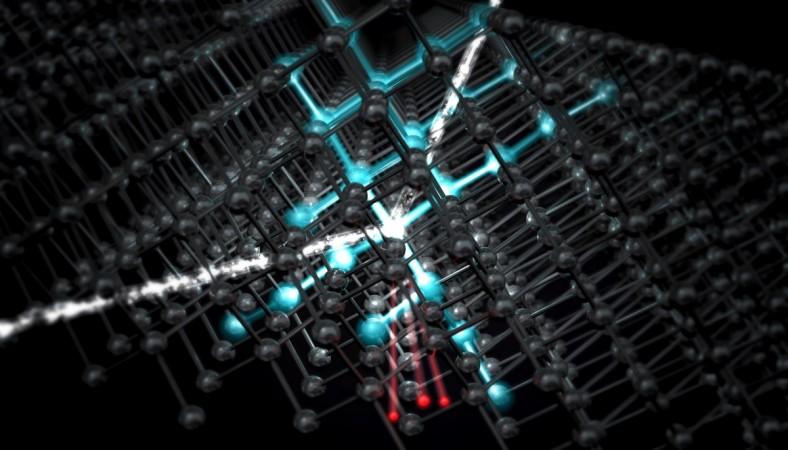
About 85 percent of all matter in the universe is something that scientists have no real idea about, have not seen, and all they know about it is that it interacts with gravity and nothing else. Called the dark matter, it could be behind the force that accelerates the expansion of the universe and scientists are now digging deep underground in pursuit of the most elusive substance in the universe.
One of the major issues with the concept of dark matter is that it has never been directly detected. A new project in search of it could finally yield results, but it begins in an abandoned underground tunnel, and not out in the cosmos as one would expect.
The SLAC National Accelerator Laboratory, is partnering with Stanford University and other researchers from around the world to study the matter. The project is funded by the US Department of Energy, notes a report by Popular Mechanics.
The lab is set to be built inside an old nickel mine about 2 km underground, notes the report. Called the SuperCDMS SNOLAB, it will make use of super-cooled germanium and silicon crystals at 459.6 degrees Fahrenheit to try and detect dark matter as they pass through the planet.
At this level, just a fraction above absolute zero, particles completely stop moving, notes the report. At this stage, even small movements at an atomic scale will be detectable. The crystals, each the size of an oversized hockey puck, will be arranged in four towers acting as the detectors.
Each tower will have six crystals, and the four towers will be inside a cryogenic container called the SNOBOX, cooling them to just a smidgen over absolute zero. SNOBOX and all four towers will all be 2 km underground, just waiting for dark matter to pass through just slightly nudge them.
This experiment is expected to be about 50 times more sensitive than previous efforts and could start in the early 2020s. The Department of Energy has just opened a funding pool of $19million to fund the project. The National Science Foundation will contribute $12 million and the Canada Foundation for Innovation $3 million.
A previous attempt to detect dark matter in a gold mine in South Dakota was reportedly abandoned after physicists failed to find any dark matter using 10 tons of liquid xenon. Other smaller experiments have also failed to deliver any results. Dark matter continues to be elusive.
Theoretically, dark matter should be everywhere, flowing freely through the planet, or any form of matter without causing any disturbances, notes the report. So far, the substance exists only in theory, but they are notable in the way they use their gravitational pull and interact with whole galaxies, but the particles are imperceptible to humans. The building blocks of dark matter are called weakly interacting massive particles (WIMP).
"Our experiment will be the world's most sensitive for relatively light WIMPs—in a mass range from a fraction of the proton mass to about 10 proton masses," said Richard Partridge, head of the SuperCDMS group at the Kavli Institute for Particle Astrophysics and Cosmology (KIPAC), in a press release. "This unparalleled sensitivity will create exciting opportunities to explore new territory in dark matter research."














